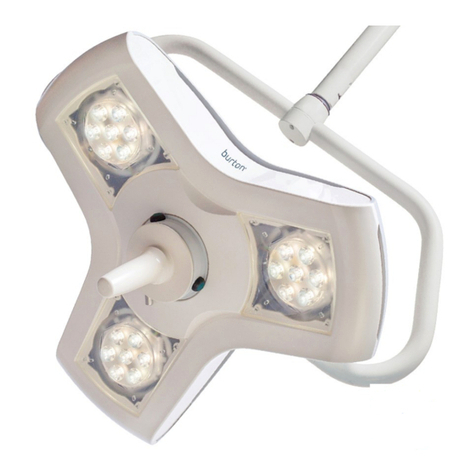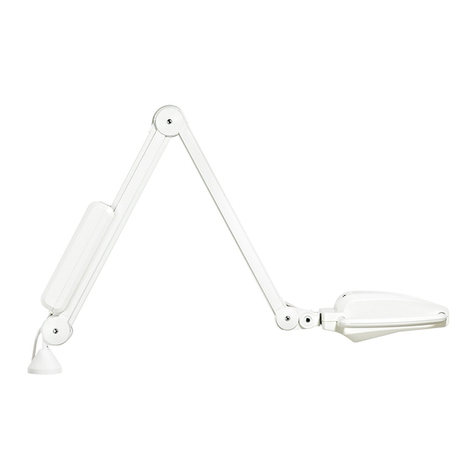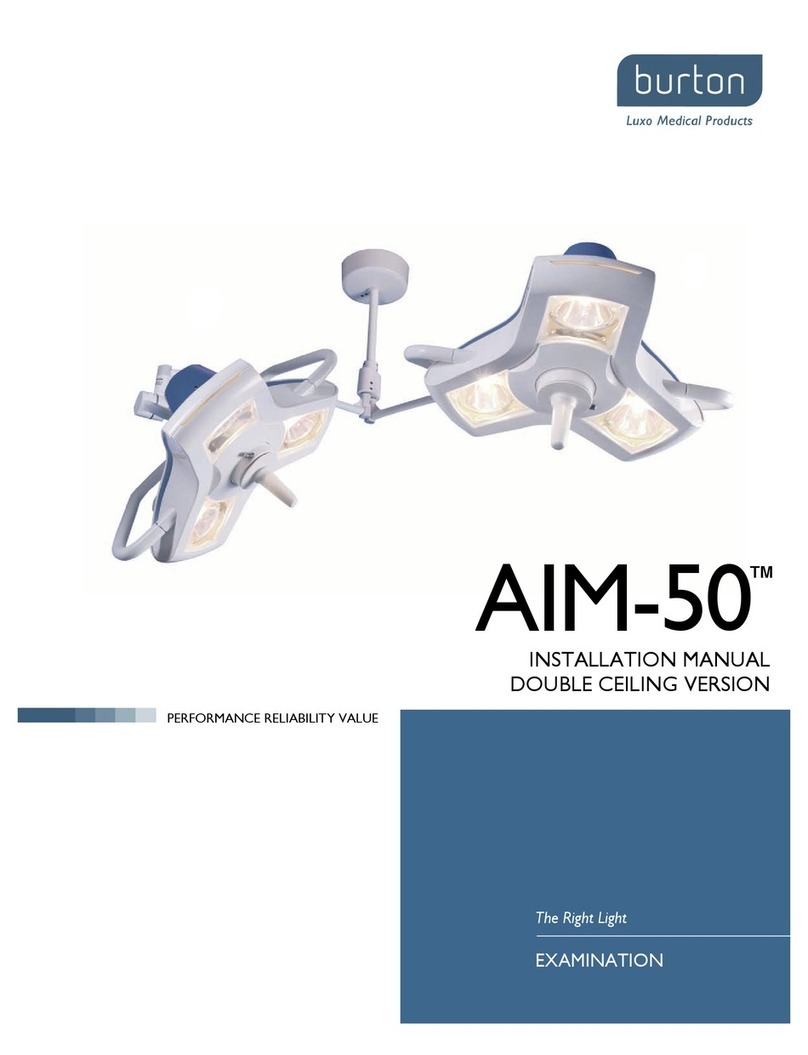3
Table of Contents
1.0 Tools List .............................................................................................. 4
2.0 Parts List............................................................................................... 4
2.1 Floor Model ..................................................................................... 4
2.2 Wall Model ...................................................................................... 5
2.3 Single Ceiling Model........................................................................ 5
2.4 Double Ceiling Model ...................................................................... 5
3.0 Safety Instructions................................................................................. 6
3.1 Symbols .......................................................................................... 6
3.2 Safety Precautions........................................................................... . 6
4.0 Floor Stand Model ................................................................................ 7
4.1 Base Post Assembly................................................................... ..... 7
4.2 Handle Assembly.............................................................................12
4.3 Spring Arm Assembly..................................................................... 14
4.3.1 Elbow Cover Removal Instructions ........................................ 15
5.0 Wall Mount Model ............................................................................... 17
5.1 Mounting Height ........................................................................... 17
5.2 Ranges of Motion ....................................................................... ..17
5.3 Installation (Wall Support and Anchorage)..................................... 18
5.4 Connecting Power.......................................................................... 20
5.4.1 Wall Switch Wiring................................................................. 20
5.4.2 Wall Mount Wiring ................................................................. 21
6.0 Ceiling Mount Models............................................................................ 22
6.1 Mounting Height........................................................................... ... 22
6.2 Support and Anchorage................................................................. 22
6.3 Cutting the Down Tube................................................................. .. 23
6.4 Ranges of Motion.............................................................................23
6.5 Ceiling Installation (AIM HI LED Single or Double Ceiling Model)......24
6.6 Installing the Junction Box............................................................. 25
6.7 Installing the Ceiling Casting............................................................25
6.8 Installing the Down Tube..................................................................25
6.9 Connecting Power ......................................................................... 27
6.9.1 Wall Switch Wiring.................................................................. 28
6.9.2 Ceiling Mount Wiring .............................................................. 29
6.10 Ceiling Bell Housing Assembly .................................................... 30
7.0 Extension/Spring Arm - Wall and Ceiling Assembly.................................30
8.0 Mounting the Light Head to the Spring Arm........................................ ... 34
9.0 Cleaning ............................................................................................... 35
9.1 Normal Cleaning............................................................................. 35
9.2 Extensive Cleaning......................................................................... 35
10.0 Equipment Anchorage Diagrams ........................................................ 36
11.0 AIM HI LED Single/Double/Wall Mount Wiring Diagram......................... 40
12.0 Warranty Information........................................................................... 41
13.0 Equipment Maintenance Log............................................................... 42
Burton Medical Information ......................................................................... 44































